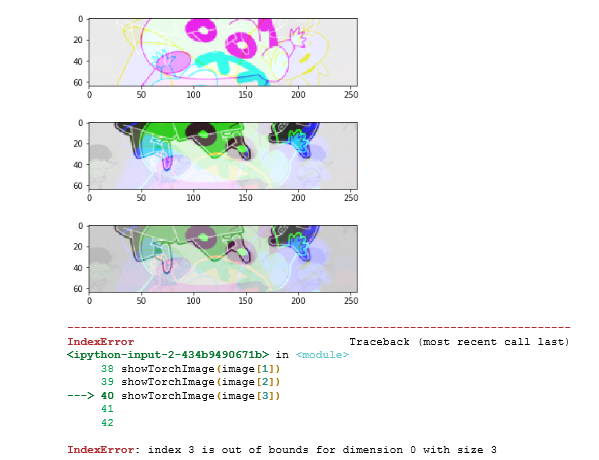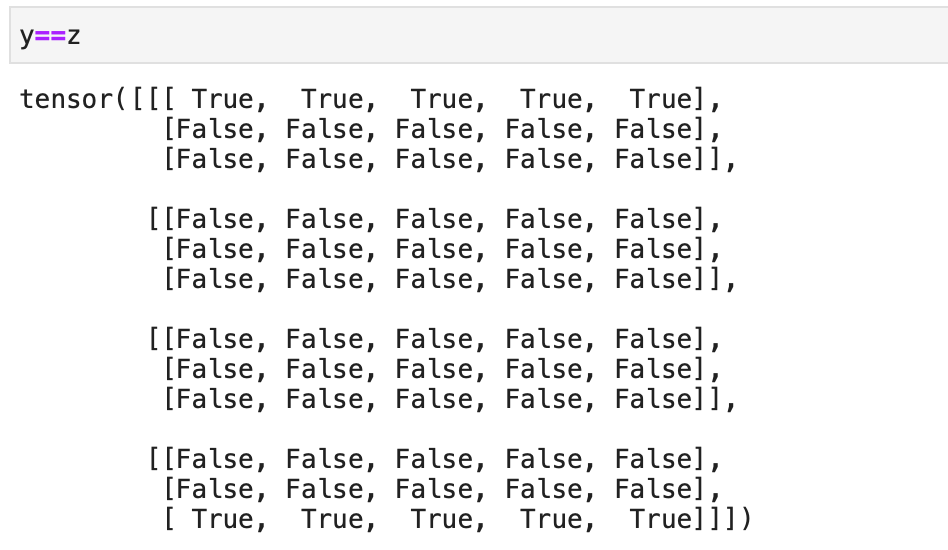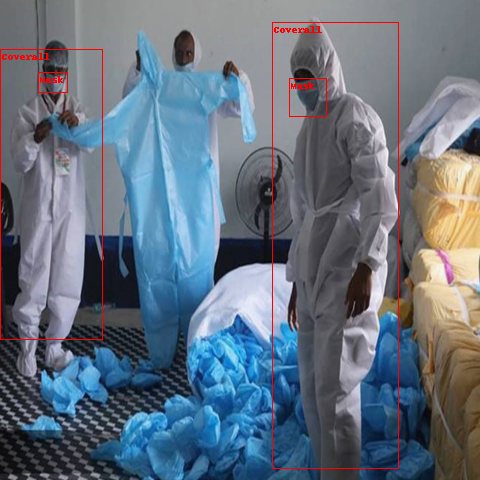


Img_base = torch.rand((1, 3) + (img_size, img_size)).to(device) Model = attempt_load(weights, map_location=device, inplace=True, fuse=True) Img_path = "/home/adriano/Pictures/zidane.jpg" New_img = cv2.copyMakeBorder(im, top, bottom, left, right, cv2.BORDER_CONSTANT,value=color) Im = cv2.resize(image, (new_size, new_size))

Ratio = float(desired_size)/max(old_size)
Torch permute code#
After that, you may create a file (you can choose the name you want for it) and put this code in: `import cv2įrom utils.general import non_max_suppression, scale_coordsįrom models.experimental import attempt_load To replicate what I did, you need to clone it. Well, I will share my code.įirst of all, I’m using the Ultralytics repository ( GitHub - ultralytics/yolov3: YOLOv3 in PyTorch > ONNX > CoreML > TFLite). Sorry, but I think you don’t understand what I’m trying to say… Maybe the problem is in my description. You may say it’s an easy model… ok, I know… but it isn’t useful in practice. I didn’t understand why the NVIDIA use SSD instead YOLO in our examples. P.S: I know none who use SSD in production, but I know a lot of people who use YOLO. %10 : Device = prim::Constant value=“cuda:0” # /home/adriano/.cache/torch/hub/ultralytics_yolov3_master/models/common.py:439:0 %9 : int = prim::Constant value=0 # /home/adriano/.cache/torch/hub/ultralytics_yolov3_master/models/common.py:439:0 %8 : int = prim::Constant value=6 # /home/adriano/.cache/torch/hub/ultralytics_yolov3_master/models/common.py:439:0 %weight.149 : Tensor = prim::GetAttr name=“weight” %conv.1 : .2d = prim::GetAttr name=“conv” %model.3 . = prim::GetAttr name=“model”

Torch.jit._trace.TracingCheckError: Tracing failed sanity checks!ĮRROR: Graphs differed across invocations! Traced_model = (model, )įile “/home/adriano/anaconda3/envs/torchtensorrt/lib/python3.9/site-packages/torch/jit/_trace.py”, line 741, in traceįile “/home/adriano/anaconda3/envs/torchtensorrt/lib/python3.9/site-packages/torch/jit/_trace.py”, line 983, in trace_moduleįile “/home/adriano/anaconda3/envs/torchtensorrt/lib/python3.9/site-packages/torch/autograd/grad_mode.py”, line 28, in decorate_contextįile “/home/adriano/anaconda3/envs/torchtensorrt/lib/python3.9/site-packages/torch/jit/_trace.py”, line 526, in _check_trace If you absolutely need this and know the side effects, pass strict=False to trace() to allow this behavior.įile “/home/adriano/Documents/yolov3/test.py”, line 13, in Consider using a constant container instead (e.g. home/adriano/anaconda3/envs/torchtensorrt/lib/python3.9/site-packages/torch/jit/_trace.py:958: TracerWarning: Encountering a list at the output of the tracer might cause the trace to be incorrect, this is only valid if the container structure does not change based on the module’s inputs. This means that the trace might not generalize to other inputs! We can’t record the data flow of Python values, so this value will be treated as a constant in the future. home/adriano/.cache/torch/hub/ultralytics_yolov3_master/models/yolo.py:58: TracerWarning: Converting a tensor to a Python boolean might cause the trace to be incorrect. Model Summary: 261 layers, 61922845 parameters, 0 gradients Img = ‘ ’ # or file, Path, PIL, OpenCV, numpy, list Model = (‘ultralytics/yolov3’, ‘yolov3’) # or yolov3-spp, yolov3-tiny, custom EnvironmentĪll the libraries and dependencies are working well. I’m trying to convert a YOLO model using the new torch_tensorrt API and I’m getting some issues.Ī clear and concise description of the bug or issue.


 0 kommentar(er)
0 kommentar(er)
